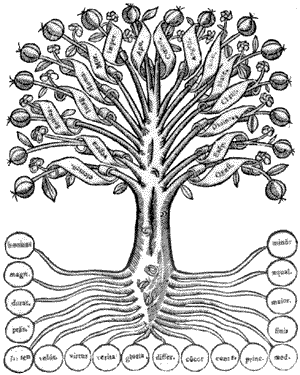Heidegger summarizes the ultimate intent of “On the Essence of Truth” in a chiasmic thesis: Die Wahrheit des Wesens ist das Wesen der Wahrheit (GA 9: 201.3–19 = PM 153.27–154.2).21 To translate that sentence as “The truth of essence is the essence of truth” is to say nothing. Properly interpreted, the sentence says: “The process of meaning- giving” (die Wahrheit des Wesens) is “the source of truth- as-correspondence” (das Wesen der Wahrheit). (Bret Davis)
Buarque de Holanda
Atingimos a “essência da verdade”, a “abertura do aberto”, por duas direções: pela “reflexão sobre o fundamento da possibilidade da correção (adaequatio)” e pela “reminiscência do começo (aletheia)” (GA LXV, 338). (…) 1. A verdade não está restrita a asserções explícitas e a atitudes discretas, mentais e primordialmente teóricas tais quais julgamentos, crenças e representações. O mundo como um todo, não apenas entes dentro dele, está desencoberto — desencoberto tanto pelos humores quanto pela compreensão. 2. A verdade é primordialmente um aspecto da realidade — entes, ser e mundo —, não de pensamentos e elocuções. Entes etc. estão, é claro, desencobertos para nós, e nós os descobrimos. (…) 3. A verdade pressupõe explicitamente velamento ou encobrimento. (INWOOD, p. 5)
++++
Original
We reach the ‘essence of truth’, the ‘openness of the open’, from two directions: from ‘reflection on the ground of the possibility of correctness (adaequatio)’ and from ‘recollection of the beginning (aletheia)’ (GA LXV, 338). (…) 1. Truth is not confined to explicit assertions and discrete mental, primarily theoretical, attitudes such as judgements, beliefs and representations. The world as a whole, not just entities within it, is unhidden – unhidden as much by moods as by understanding. 2. Truth is primarily a feature of reality – beings, being and world – not of thoughts and utterances. Beings, etc. are, of course, unhidden to us, and wedisclose them. (…) 3. Truth explicitly presupposes concealment or hiddenness. (p. 13)
